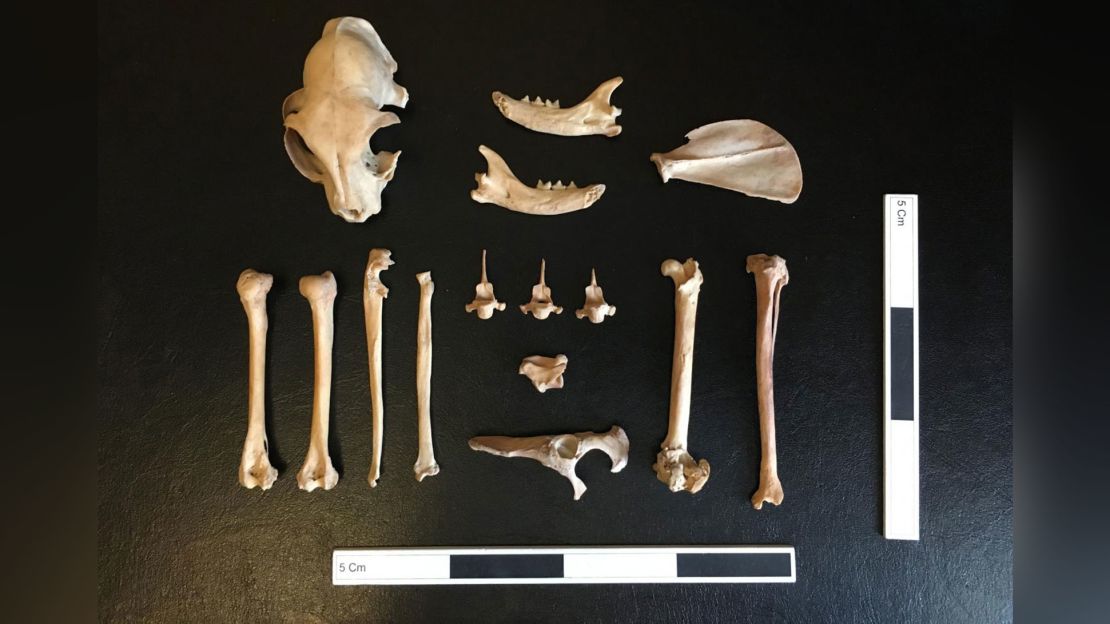Cats may have been pets for Kazakh pastoralists along the Silk Road over 1,000 years ago, a new study said.
Tests on a cat skeleton found along the Silk Road in southern Kazakhstan revealed that cats may have been pets for nomadic herders in the area, according to a study published last week in the Scientific Reports journal.
It’s rare to find an almost complete cat skeleton, which allowed researchers to analyze the bones to see how the cat lived, according to Ashleigh Haruda, study lead and a postdoctoral research scientist at Martin Luther University Halle-Wittenberg in Germany.
“While some ancient older civilisations such as Egypt and Rome kept cats as pets, we don’t know much about cats outside of those times and places,” Haruda said. “So this find is helping us fill in the picture that gives us a more complete picture about how people treated animals in the past.”
Claudio Ottoni, a post-doctoral researcher at the Sapienza University of Rome, worked on another study that focused on the origin of domestic cats in Eastern Africa. The cat skeleton remains found along the Silk Road are rare and represent the earliest evidence of domestic cat remains in that region, he said.
“Cats have been widely overlooked for a long time because their remains in archaeological contexts are rare,” Ottoni said. “Plus, their identification based on osteological evidence is often not easy.”
Osteology, the study of bones, tells the story of an animal’s life, and this cat’s skeleton had plenty to say.
“The bones don’t just tell us what animal it was, but also tell us a number of other things, such as its ancestry (through ancient DNA) and its diet (through chemical isotope analysis),” Haruda said via email.

The animal suffered a lot of trauma in life according to findings in the study. To begin with, the cat suffered from multiple fractures and didn’t have a full set of teeth when it died.
“We could see that it had lost its canines and some of its other teeth completely and that the tooth roots had healed over,” Haruda said. “The loss of these teeth would have made it difficult for the cat to hunt successfully.”
Further analysis showed that the cat was well-cared for based on its diet, Haruda said.
A chemical analysis of the bones “shows that the cat had a very high protein diet, higher than the dogs and other animals on the same archaeological site, so it was not, for example, eating grain mush or other waste products,” Haruda said. ” Instead it is more likely that someone was giving the cat meat.”
The cat was most likely owned by the Oghuz people, a pastoralist Turkic tribe, according to the study. The Oghuz people lived in the Central Asian steppes near modern-day Mongolia, Kazakhstan, and a couple other surrounding countries, according to Haruda.
“We know that they were nomadic and relied upon large herds of sheep, goats, cattle and horses for their economy – similar to the ways that people had been living on the steppe for thousands of years before that,” Haruda said.
Although these people frequently traveled, they also had a capital city called Dhzankent located in modern-day Kazakhstan, which is where the cat skeleton was found. It was unusual to find a domesticated cat here because the Oghuz people only had animals that served a purpose, Haruda said. For example, dogs were used to watch over the herd, Haruda said in a statement.
The discovery of this cat skeleton revealed that they were being kept as pets, which Haruda described as a cultural exchange.
“Previously on the steppe, we have limited evidence for pet keeping, and no evidence yet for domestic cats,” Haruda said. “However, the people at the city of Dhzankent not only kept this cat, but kept him alive and cared for him.”
Archaeological excavations are still happening at the site, and Haruda said she hoped to uncover more to learn about other animals that traveled the Silk Road.
“We still don’t know much about the movement of animals along the Silk Road, for example, camels and horses, and this is something we would like to look at in the future,” Haruda said.





